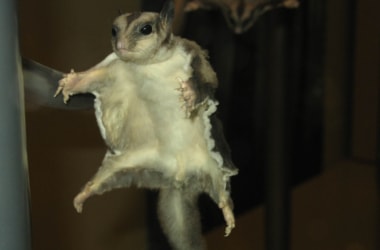
Scientists have recently discovered a new species of flying squirrel named Glaucomys Oregonensis in North America that had been hiding in plain sight for over hundreds of years.
The study was published in the Journal of Mammalogy on 30 May 2017.
Known as Humboldt’s flying squirrel, this new species resides in the Pacific Coast region of North America.
The Humboldt’s flying squirrel is known as a cryptic species, a species that was previously thought to be another as the two look similar.
These creatures do not actually fly like bats or birds.
Rather, they glide from tree to tree by extending furred membranes of skin that stretch from the wrist of the forearm to the ankle on the hind leg.
Their feather-like tail provides extra lift and also helps them in steering.
The gliding ability of flying squirrels is remarkable as they are capable of gliding for up to 100 meters and can make sharp midair turns by using their tail as a rudder and by moving their limbs to manipulate the shape and tautness of their gliding membranes.
Glaucomys Oregonensis were thought to be the already-known species.
For over 200 years, scientists thought that there had only been one species of flying squirrel in the Northwest, until they looked at the nuclear genome in addition to mitochondrial DNA of this new squirrel for the first time.
Flying Squirrel: Know More- This new discovery of the Humboldt’s flying squirrel is the 45th known species of flying squirrel in the world.
- There are now three species of flying squirrels in North and Central America.
- These are all small, nocturnally-active, gliding squirrels that live in woodland habitats.